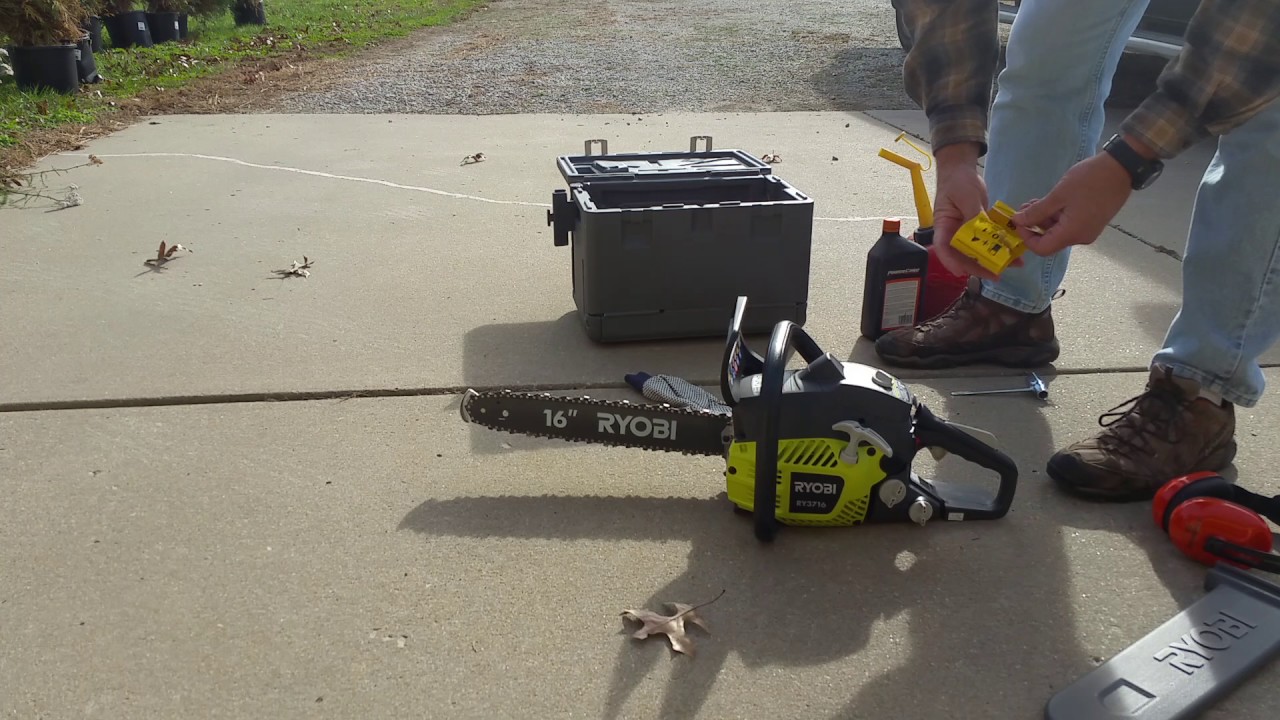

Articles
How To Start Ryobi Chain Saw
Modified: December 7, 2023
Get started with your Ryobi chain saw with these helpful articles and step-by-step guides. Learn how to properly assemble, use, and maintain your chainsaw for optimal performance.
(Many of the links in this article redirect to a specific reviewed product. Your purchase of these products through affiliate links helps to generate commission for Storables.com, at no extra cost. Learn more)
Introduction
Welcome to the world of chainsaws! If you’re a DIY enthusiast or someone who loves tackling outdoor projects, owning a reliable and efficient chainsaw is a must. The Ryobi Chain Saw is a popular choice among homeowners and professionals alike, offering power, durability, and ease of use.
Whether you’re a novice or have some experience with chainsaws, this comprehensive guide will walk you through the step-by-step process of starting your Ryobi Chain Saw. From gathering the necessary tools to operating and maintaining the chainsaw, we’ve got you covered.
Before we dive into the details, it’s important to note that safety should always be your top priority when operating a chainsaw. Make sure to wear the proper protective gear, such as gloves, safety goggles, and sturdy boots. Additionally, be sure to read and follow the instructions and safety guidelines provided in the user manual.
Now, let’s get started on how to start your Ryobi Chain Saw!
Key Takeaways:
- Prioritize safety by wearing protective gear, reading the user manual, and following proper maintenance procedures to ensure safe and efficient operation of your Ryobi Chain Saw.
- Master the step-by-step process of assembling, starting, and maintaining your chainsaw to enhance its performance, longevity, and your confidence in using it for various outdoor projects.
Read more: How To Put Chain Back On Ryobi Pole Saw
Step 1: Gather the Necessary Tools and Equipment
Before you begin using your Ryobi Chain Saw, it’s essential to gather all the tools and equipment you’ll need to ensure a smooth and safe operation. Here’s a list of items you should have on hand:
- Protective Gear: As mentioned earlier, safety should always be a priority. Make sure to wear safety goggles, gloves, ear protection, and a helmet with a face shield.
- Ryobi Chain Saw: Of course, you’ll need your Ryobi Chain Saw itself. Ensure that it’s clean and in good working condition.
- Fuel and Oil: Most chainsaws require a mixture of fuel and oil. Check the user manual or the fuel cap of your Ryobi Chain Saw to determine the correct fuel-to-oil ratio.
- Bar and Chain Oil: This oil is specifically formulated to lubricate the cutting chain and prolong its lifespan. Make sure to have an ample supply of bar and chain oil.
- Funnel or Mixing Container: If your chainsaw requires a fuel and oil mixture, a funnel or a proper mixing container will come in handy to ensure accurate measurements and minimize spills.
- Gas Can: If your chainsaw uses gasoline, make sure you have a suitable gas can to store the fuel.
- Tool Kit: Most chainsaws come with a tool kit that includes items like a screwdriver, wrench, and spark plug tool. Familiarize yourself with these tools and keep them in a safe place.
- Workbench or Stable Surface: It’s important to have a sturdy workbench or a stable surface to set up and work on your chainsaw.
Once you’ve gathered all the necessary tools and equipment, you’ll be well-prepared to move on to the next steps of starting your Ryobi Chain Saw. Make sure to keep your work area clean and organized to avoid any accidents or misplaced tools.
Step 2: Read the User Manual
Before you begin using your Ryobi Chain Saw, it’s crucial to take the time to thoroughly read the user manual. The user manual provides important information on how to safely operate your chainsaw and maintain it for optimal performance.
Here are some key things to pay attention to when reading the user manual:
- Safety Guidelines: The user manual will outline specific safety guidelines and precautions that you should follow to minimize the risk of accidents. Make sure to pay close attention to these guidelines and internalize them before proceeding.
- Operating Instructions: The manual will provide detailed instructions on how to start and stop the chainsaw, control the chain speed, adjust the chain tension, and perform other essential operations. Familiarize yourself with these instructions to ensure smooth and efficient operation.
- Maintenance Tips: Chainsaws require regular maintenance to keep them in optimal condition. The manual will offer guidance on how to clean and lubricate the chain, replace the spark plug, and perform other maintenance tasks. Following these tips will help prolong the lifespan of your Ryobi Chain Saw.
- Troubleshooting: In case you encounter any issues with your chainsaw, the user manual will likely include troubleshooting tips to help you diagnose and resolve the problem. Make a note of these troubleshooting steps for future reference.
- Warranty Information: The user manual may contain details about the warranty coverage for your Ryobi Chain Saw. Familiarize yourself with the warranty terms and conditions to ensure you understand your rights as a consumer.
By thoroughly reading and understanding the user manual, you’ll gain the knowledge and confidence to operate your chainsaw effectively while keeping yourself and others safe. If you have any questions or need further clarification on any aspect, don’t hesitate to reach out to the manufacturer or consult a professional.
Step 3: Assemble the Chain Saw
Now that you’ve gathered the necessary tools and familiarized yourself with the user manual, it’s time to assemble your Ryobi Chain Saw. Follow these steps to ensure proper assembly:
- Attach the Guide Bar: Locate the guide bar on your chainsaw, which is the long, metal bar that the chain runs along. Align the guide bar with the bar mounting plate on the chainsaw body. Insert the guide bar fully into the bar mounting plate, making sure it is properly seated.
- Tighten the Guide Bar Nuts: Once the guide bar is in place, locate the guide bar nuts. These nuts secure the guide bar to the chainsaw body. Use a wrench (included in your tool kit) to tighten the guide bar nuts securely. Be careful not to overtighten, as this may cause damage.
- Install the Chain: Next, take the chain for your Ryobi Chain Saw and position it correctly on the guide bar. Make sure the cutting teeth on the chain are facing in the correct direction – usually, they should be pointing away from you when holding the saw. Ensure that the chain is seated properly on the guide bar and fits into the groove.
- Tension the Chain: To ensure proper cutting performance and safety, it’s important to adjust the chain tension. Consult the user manual for instructions on how to adjust the chain tension on your specific model of chainsaw. Use the appropriate tool (included in your tool kit) to adjust the tension until the chain is snug but can be easily pulled along the guide bar.
- Check Chain Lubrication: Before starting your chainsaw, verify that the chain lubrication system is in working order. Add bar and chain oil to the oil reservoir (if your model has a separate oil reservoir) and ensure that the oil is flowing freely to lubricate the chain as it spins.
Once you have assembled your Ryobi Chain Saw and checked the chain tension and lubrication, you’re one step closer to getting it up and running. Now, let’s move on to preparing the chainsaw for use.
Step 4: Prepare the Chain Saw for Use
Before you can start using your Ryobi Chain Saw, there are a few important steps to take to prepare it for operation. Follow these guidelines to ensure a safe and efficient start:
- Check the Fuel: Ensure that you have the correct fuel mixture for your chainsaw. Refer to the user manual for the appropriate fuel-to-oil ratio and use a proper mixing container or fuel can to prepare the mixture. If your chainsaw uses gasoline only, make sure you have a sufficient supply of clean, unleaded fuel.
- Inspect the Chain and Guide Bar: Before starting the chainsaw, inspect the chain and guide bar for any signs of damage or wear. Look for loose or missing rivets, damaged teeth, or excessive wear on the guide bar. If you notice any issues, it’s important to replace or repair these components before proceeding.
- Check the Chain Brake: The chain brake is a safety feature that stops the chain from rotating in case of kickback or other sudden movements. Ensure that the chain brake is engaged before starting the chainsaw and test it to ensure it’s functioning correctly.
- Prime the Fuel System: If your Ryobi Chain Saw has a primer bulb, press it several times to prime the fuel system. This will help the chainsaw start more easily and prevent any air pockets in the fuel line.
- Set the Choke and Decompression Valve: Check the user manual for specific instructions on setting the choke and decompression valve for your model. These settings may vary depending on the temperature and starting conditions. Follow the recommended procedures to ensure a smooth start.
- Locate a Suitable Starting Area: Look for a flat, level surface away from any flammable materials or obstacles. Ensure that there is ample space around you to move freely while operating the chainsaw.
By following these preparation steps, you’ll ensure that your Ryobi Chain Saw is ready to start smoothly and safely. Once you’ve completed these preparations, it’s time to start the chainsaw, which we’ll cover in the next step.
Before starting your Ryobi chain saw, ensure the chain brake is engaged and the chain is properly tensioned. Prime the engine, set the choke, and pull the starter rope firmly. Once the engine starts, disengage the choke and let the saw idle before use.
Read more: How To Use Ryobi Circular Saw
Step 5: Starting the Ryobi Chain Saw
Starting a Ryobi Chain Saw requires following a specific procedure to ensure a safe and successful start. Here’s how to start your Ryobi Chain Saw:
- Position the Chainsaw: Place the chainsaw on a stable surface, making sure the chain and guide bar are clear of any obstructions.
- Activate the Chain Brake: Make sure the chain brake is engaged, preventing the chain from rotating during start-up.
- Set the Choke and Decompression Valve: Check the user manual to determine the correct positions for the choke and decompression valve. Adjust these settings according to the temperature and starting conditions.
- Prime the Fuel System: If your chainsaw has a primer bulb, press it several times to prime the fuel system and ensure proper fuel flow to the engine.
- Grip the Handles and Place Your Foot on the Rear Handle: Hold the chainsaw firmly with both hands, using a proper grip. Place your foot on the rear handle to stabilize the chainsaw.
- Engage the Throttle Lockout: Locate the throttle lockout, usually found on the rear handle. Press it and hold it in the engaged position.
- Pull the Starter Rope with a Smooth, Steady Motion: While holding the throttle lockout, pull the starter rope with a smooth and steady motion. Avoid yanking or jerking the rope. The engine should start within a few pulls.
- Release the Throttle Lockout: Once the engine has started, release the throttle lockout to allow the engine to idle.
It’s important to note that different models of Ryobi Chain Saws may have slight variations in the starting procedure. Therefore, always refer to your specific model’s user manual for the correct instructions.
Once your Ryobi Chain Saw is started and idling, you’re ready to move on to the next step, which involves operating the chainsaw safely and effectively.
Step 6: Operating Tips and Safety Precautions
Operating a chainsaw requires skill, caution, and adherence to safety guidelines. To ensure your safety and the best performance from your Ryobi Chain Saw, consider the following operating tips and safety precautions:
- Read and Follow the User Manual: Refer to the user manual for specific instructions on operating your model of Ryobi Chain Saw. Familiarize yourself with all the features, controls, and safety procedures before using the chainsaw.
- Wear Protective Gear: Always wear appropriate protective gear, including safety goggles, gloves, ear protection, and a helmet with a face shield. Protective clothing, such as long pants and sturdy boots, is also recommended.
- Maintain a Stable Stance: Stand with your feet shoulder-width apart and maintain a stable stance while operating the chainsaw. This will help you maintain control and balance.
- Keep a Safe Distance: Ensure that there is a safe distance between you and others while operating the chainsaw. Be aware of your surroundings and any potential hazards.
- Avoid Overreaching: Do not overextend or reach too far with the chainsaw. This could result in a loss of control and increase the risk of accidents.
- Use Two Hands: Always use both hands to grip the handles of the chainsaw firmly. This provides better control and reduces the risk of accidents caused by losing control of the chainsaw.
- Never Start the Chainsaw Above Shoulder Height: Avoid starting the chainsaw above shoulder height to maintain control and prevent injuries in case of kickback.
- Use Proper Cutting Techniques: Learn and follow the proper cutting techniques outlined in the user manual. This includes positioning the chainsaw correctly, maintaining a steady grip, and using the appropriate cutting angles.
- Do Not Operate the Chainsaw When Fatigued: Operating a chainsaw requires concentration and stamina. Avoid using the chainsaw when you are tired, as fatigue can impair your judgment and reaction time.
- Regularly Check and Maintain the Chainsaw: Perform routine maintenance checks on your chainsaw, such as inspecting the chain, guide bar, and air filter, and cleaning the sawdust and debris. Regular maintenance will help ensure optimal performance and extend the lifespan of your chainsaw.
It’s crucial to prioritize safety while operating a chainsaw. Always use common sense, exercise caution, and never take shortcuts that compromise your safety or the safety of others.
By following these operating tips and safety precautions, you’ll be able to use your Ryobi Chain Saw with confidence and efficiency.
Step 7: Maintenance and Care for the Chain Saw
Proper maintenance and care are essential for keeping your Ryobi Chain Saw in excellent working condition and ensuring its longevity. Regular maintenance will also contribute to the safety and performance of the chainsaw. Here are some key maintenance tasks to perform:
- Cleaning: After each use, clean your chainsaw to remove dirt, debris, and sawdust. Use a soft brush or compressed air to clean the chain, guide bar, and other components. Avoid using water or harsh chemicals.
- Chain Tension: Periodically check the chain tension and adjust it if necessary. A loose chain may cause reduced cutting performance and increase the risk of accidents. Consult the user manual for instructions on adjusting the chain tension for your specific model.
- Lubrication: Regularly lubricate the chain and guide bar with bar and chain oil. Ensure that the oil reservoir is filled and that the oil is properly distributed to maintain smooth operation and reduce friction.
- Sharpening the Chain: Over time, the chain may become dull due to use. Use a chainsaw file or a chainsaw sharpener to sharpen the cutting teeth of the chain. Follow the instructions provided in the user manual for proper sharpening techniques.
- Filters and Spark Plug: Check and clean the air filter regularly to prevent clogging, which can affect the performance of the engine. Additionally, inspect the spark plug and replace it if it shows signs of wear or damage.
- Storage: When not in use, store your chainsaw in a cool, dry place away from direct sunlight and humidity. Make sure to protect it from dust and debris. Consider using a chainsaw case or cover to provide added protection.
- Professional Servicing: If you’re uncertain about performing certain maintenance tasks or if you notice any significant issues with your chainsaw, it’s recommended to seek professional servicing from an authorized Ryobi service center.
- Follow Manufacturer’s Recommendations: Always refer to the user manual for specific maintenance instructions provided by the manufacturer. Following their recommendations will help ensure that your chainsaw operates optimally and safely.
Regular maintenance and care are key to maximizing the lifespan and performance of your Ryobi Chain Saw. By incorporating these maintenance tasks into your routine, you’ll be able to enjoy the benefits of a well-maintained chainsaw for years to come.
Conclusion
Congratulations! You’ve reached the end of this comprehensive guide on how to start your Ryobi Chain Saw. By following the steps outlined in this article, you now have the knowledge and confidence to safely and effectively operate your chainsaw.
Remember, safety should always be your top priority when using a chainsaw. Make sure to wear the proper protective gear, read and understand the user manual, and follow all recommended safety guidelines and precautions.
Proper maintenance and care are also crucial for keeping your chainsaw in optimal condition. Regularly clean the chainsaw, check and adjust the chain tension, lubricate the chain and guide bar, and perform necessary maintenance tasks as outlined in the user manual.
By taking the time to assemble, prepare, and start your Ryobi Chain Saw correctly, you’ll not only ensure your safety but also enhance the performance and lifespan of your chainsaw.
Remember, if you ever have any doubts or encounter any issues with your chainsaw, don’t hesitate to consult the user manual or seek professional assistance from authorized service centers.
Now, armed with this knowledge, go ahead and tackle your outdoor projects confidently with your Ryobi Chain Saw. Stay safe, enjoy the power and convenience of your tool, and happy cutting!
Frequently Asked Questions about How To Start Ryobi Chain Saw
Was this page helpful?
At Storables.com, we guarantee accurate and reliable information. Our content, validated by Expert Board Contributors, is crafted following stringent Editorial Policies. We're committed to providing you with well-researched, expert-backed insights for all your informational needs.
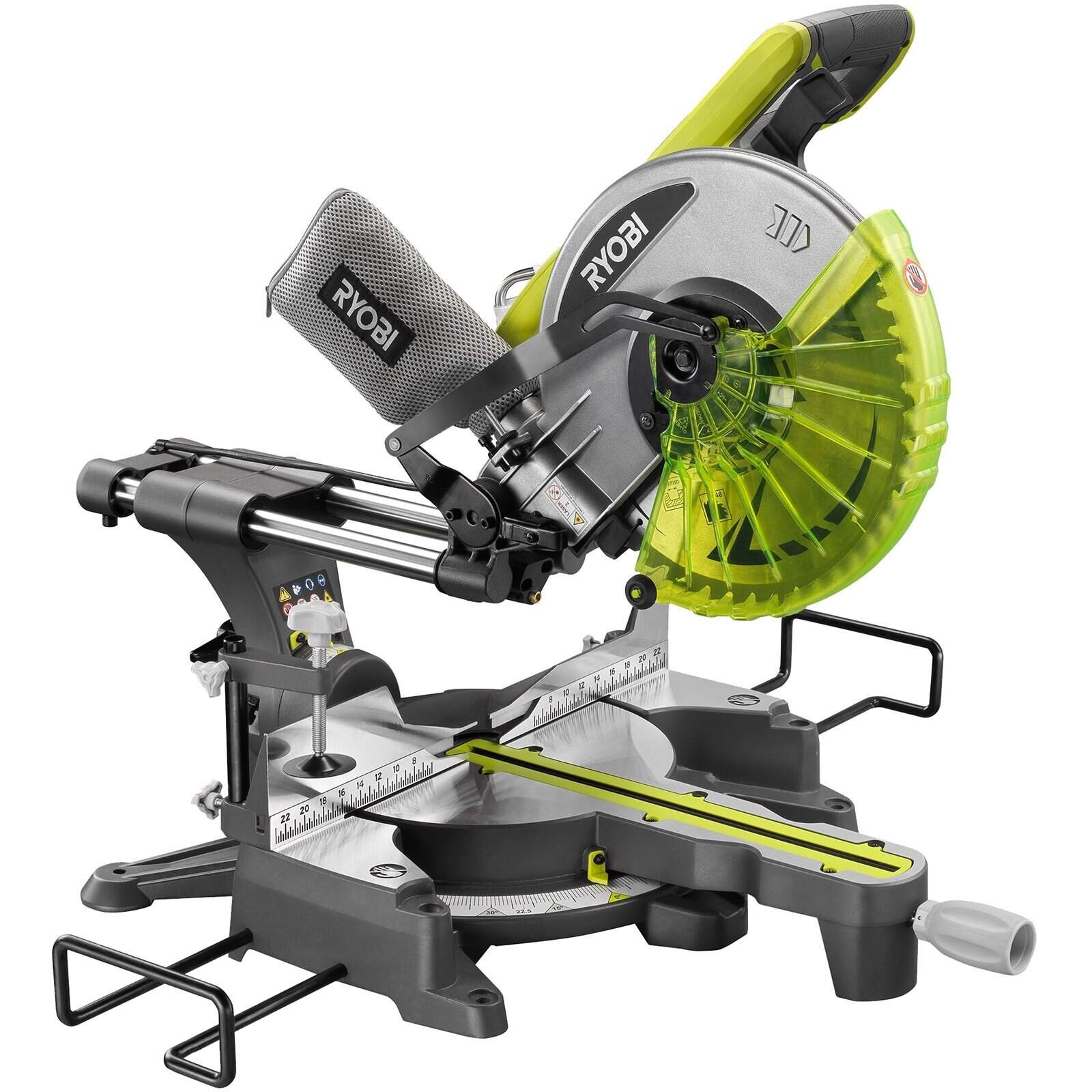
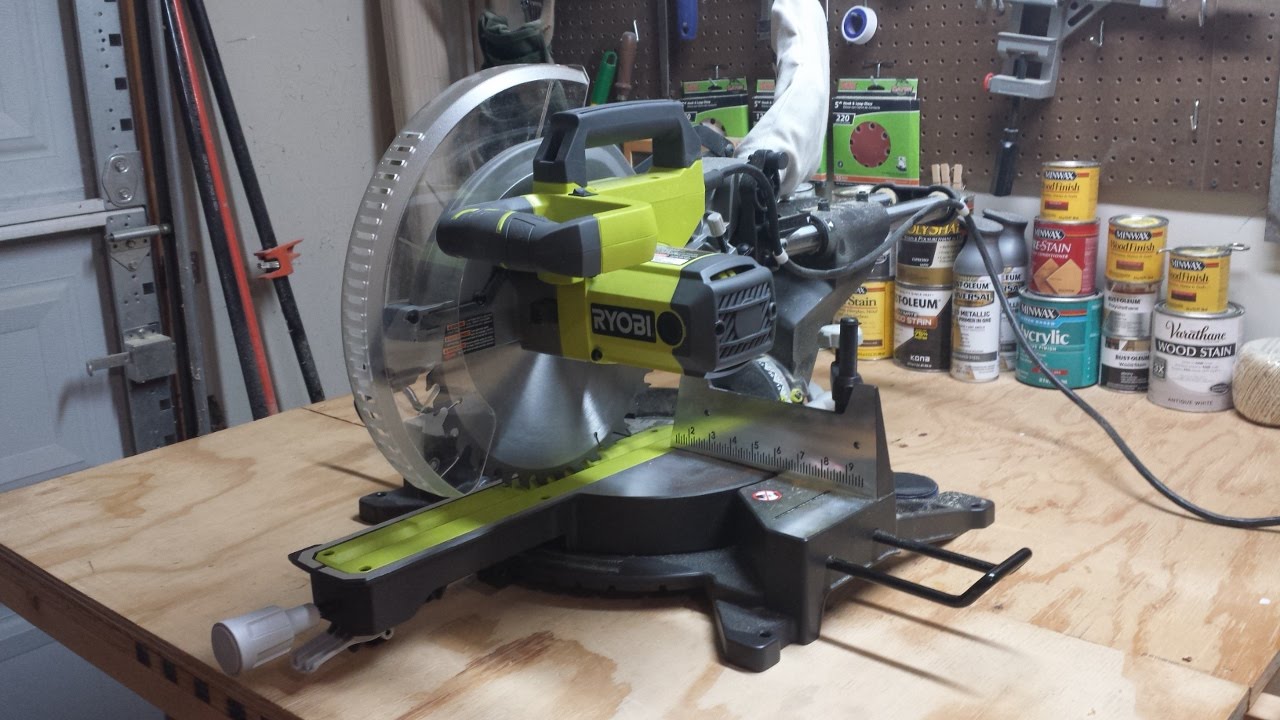
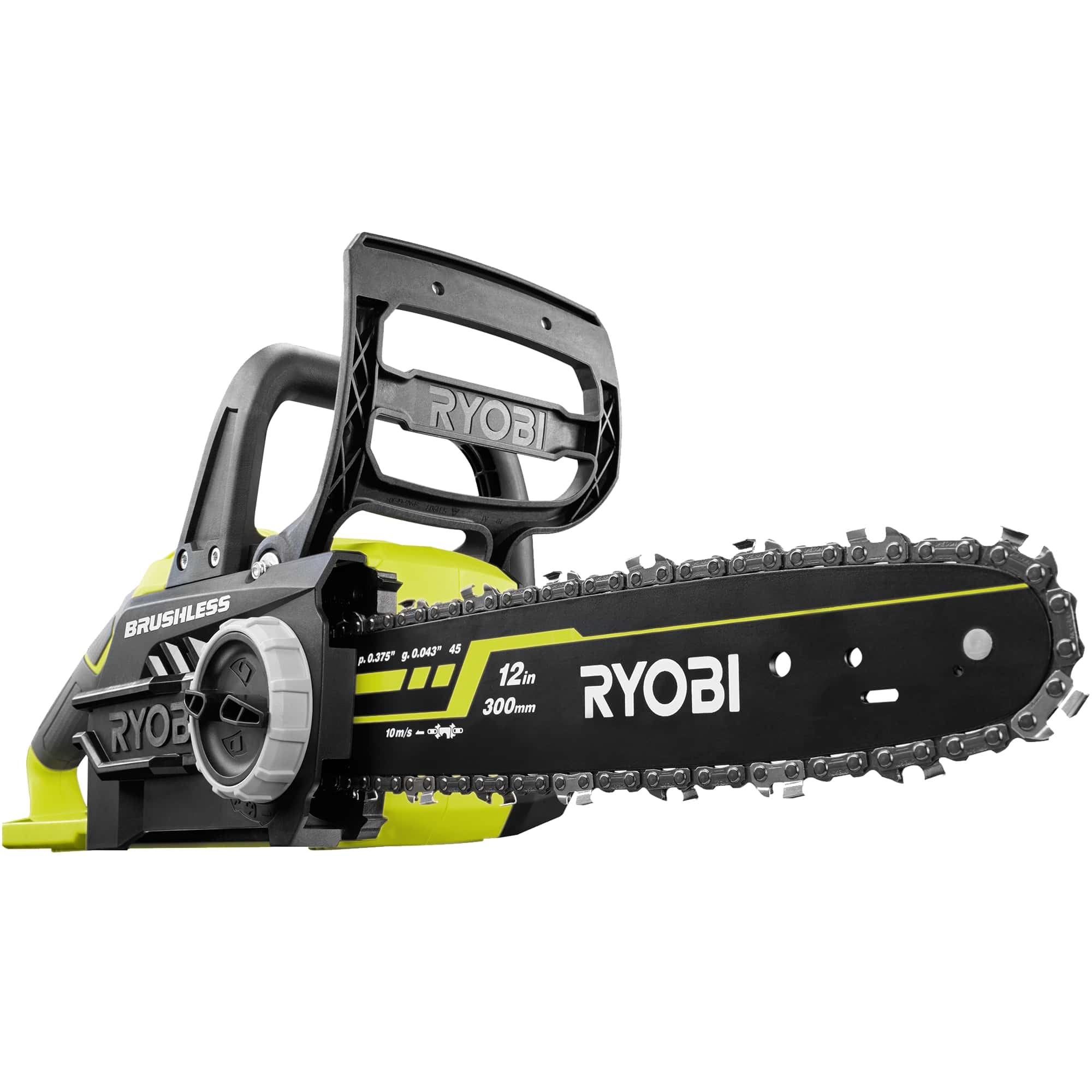
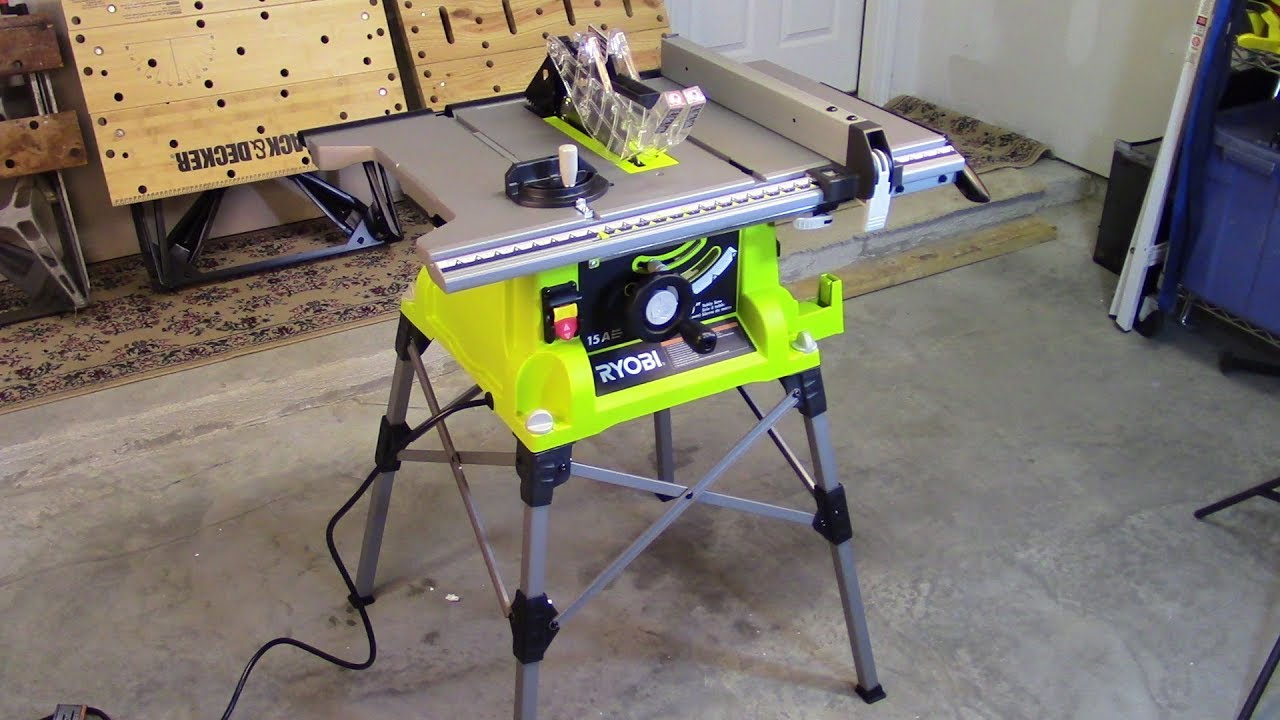
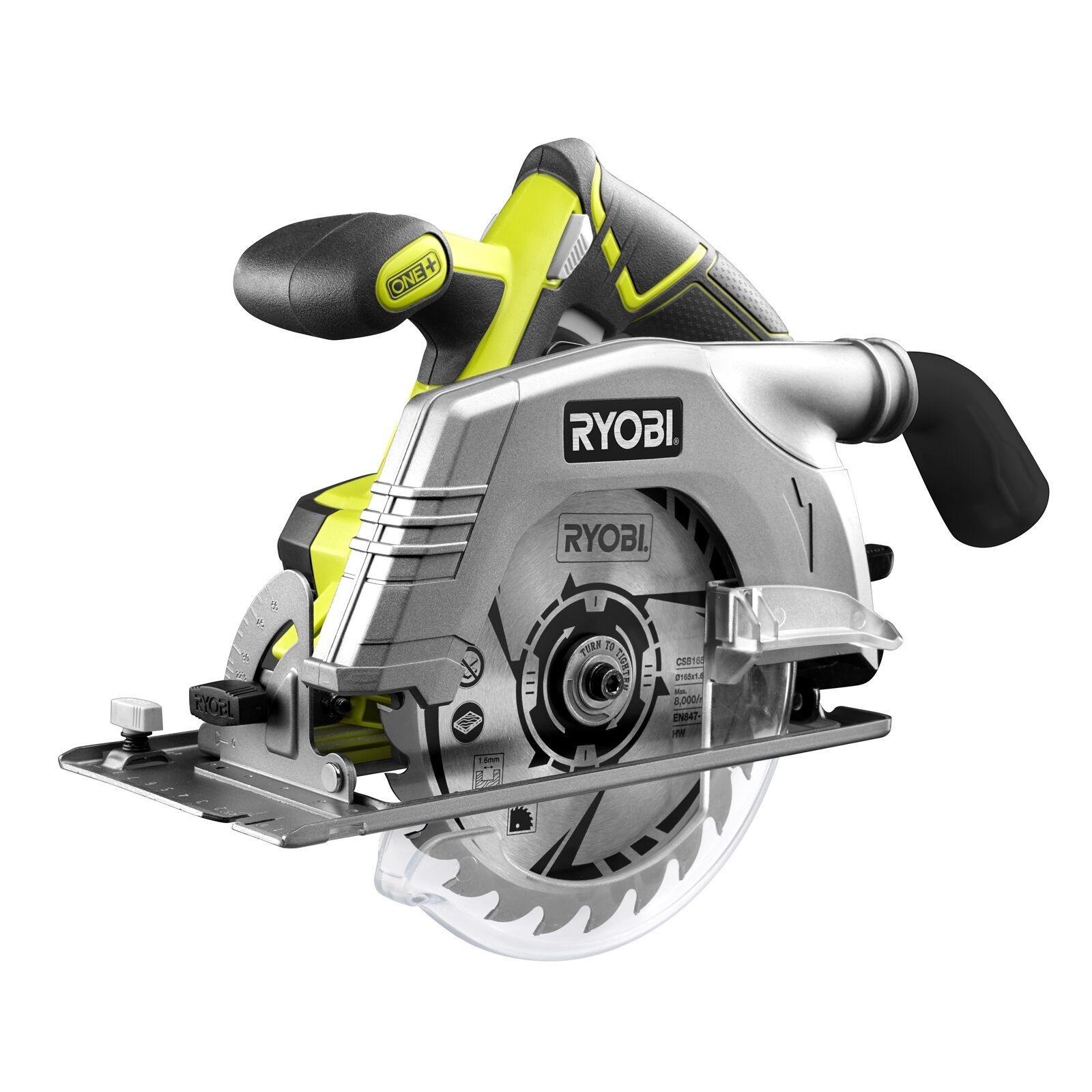
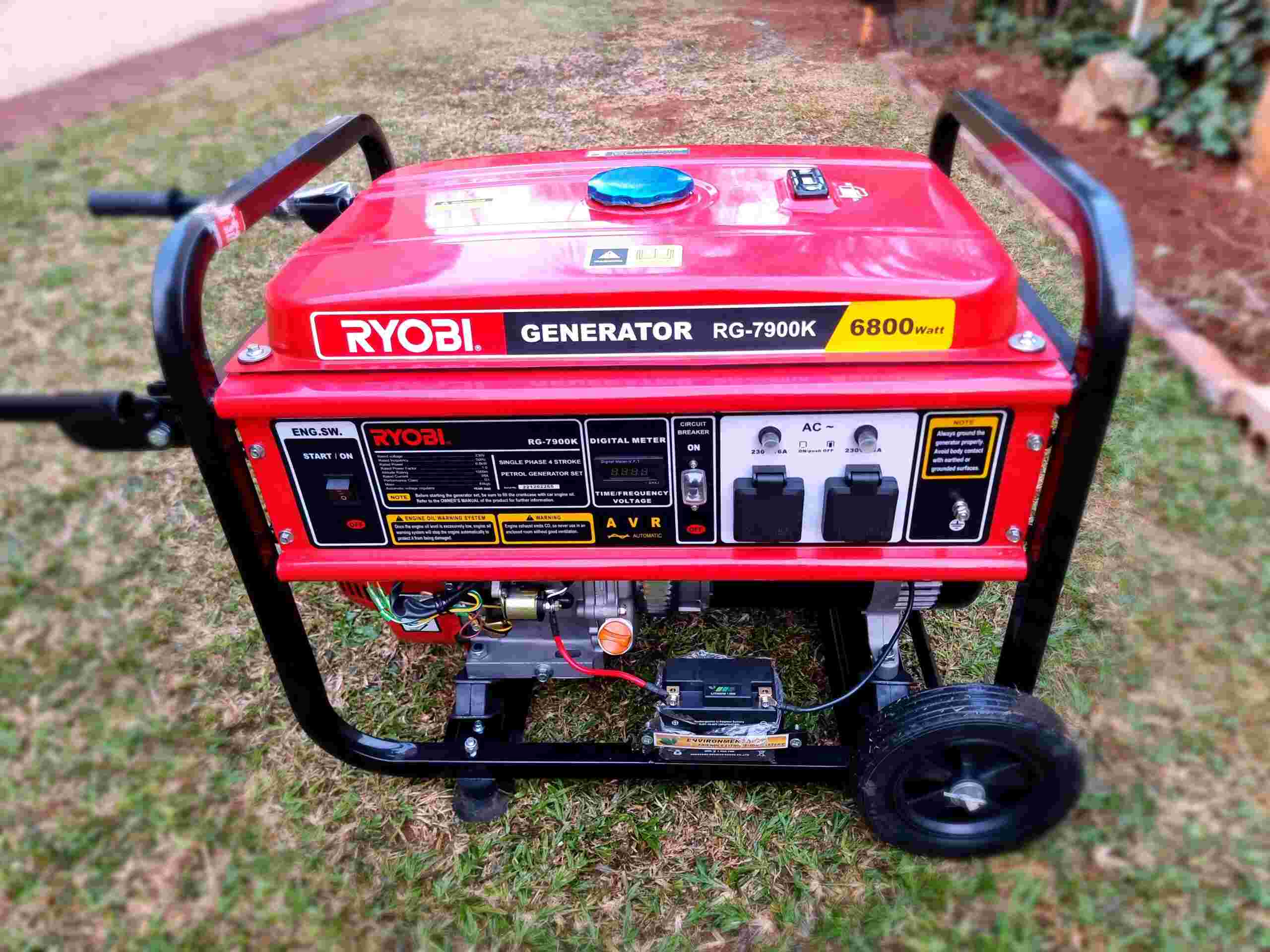

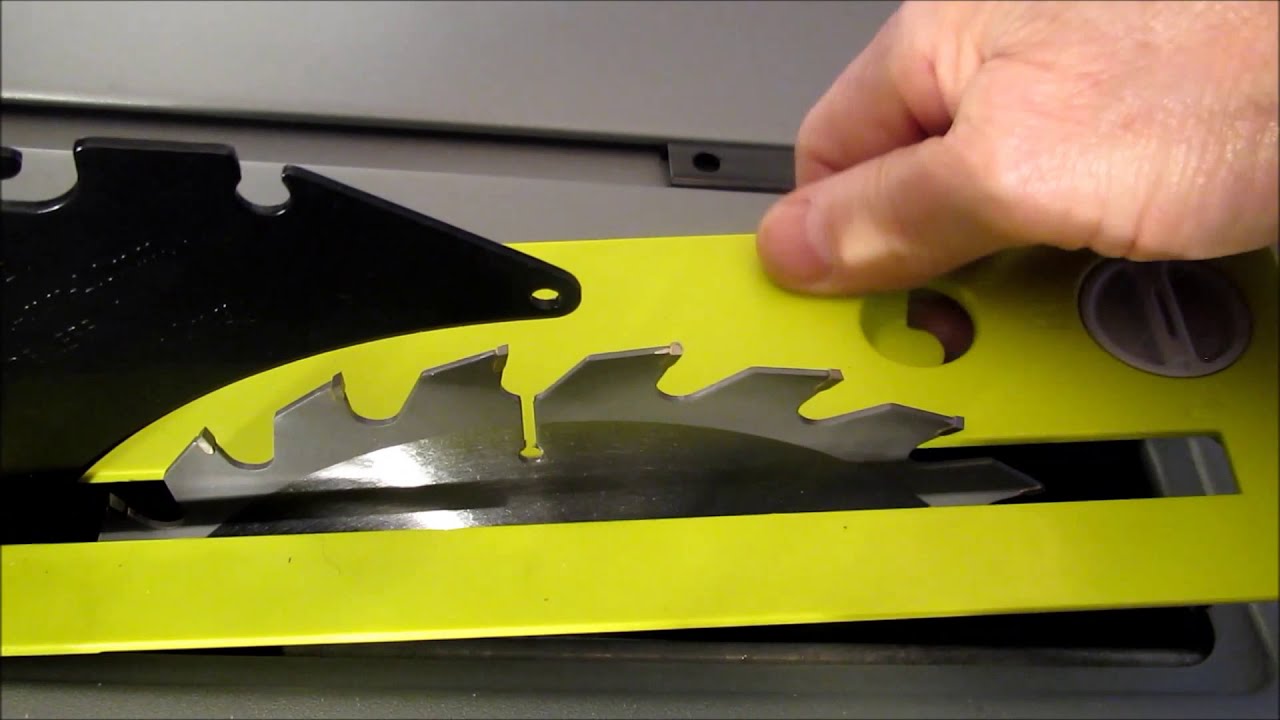

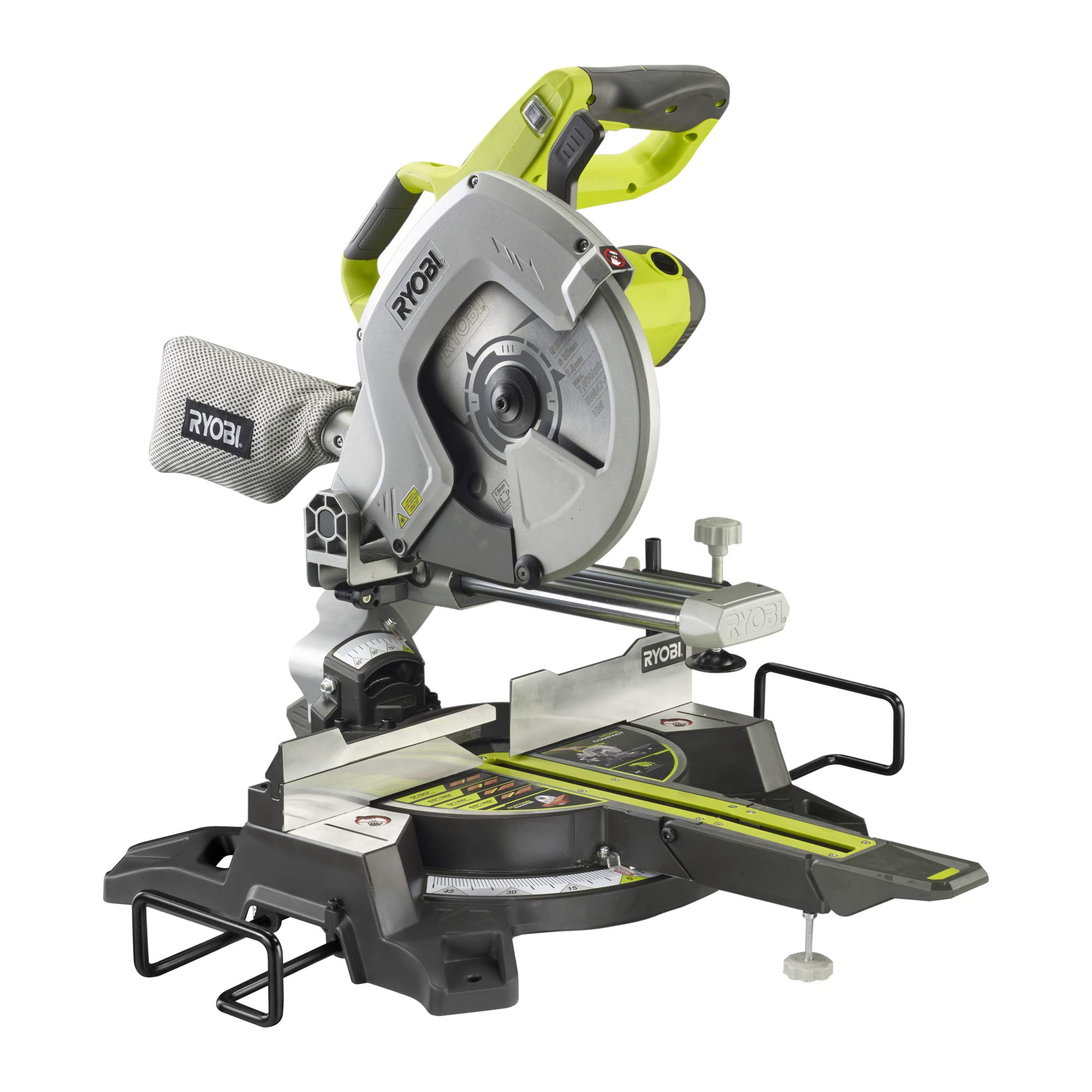
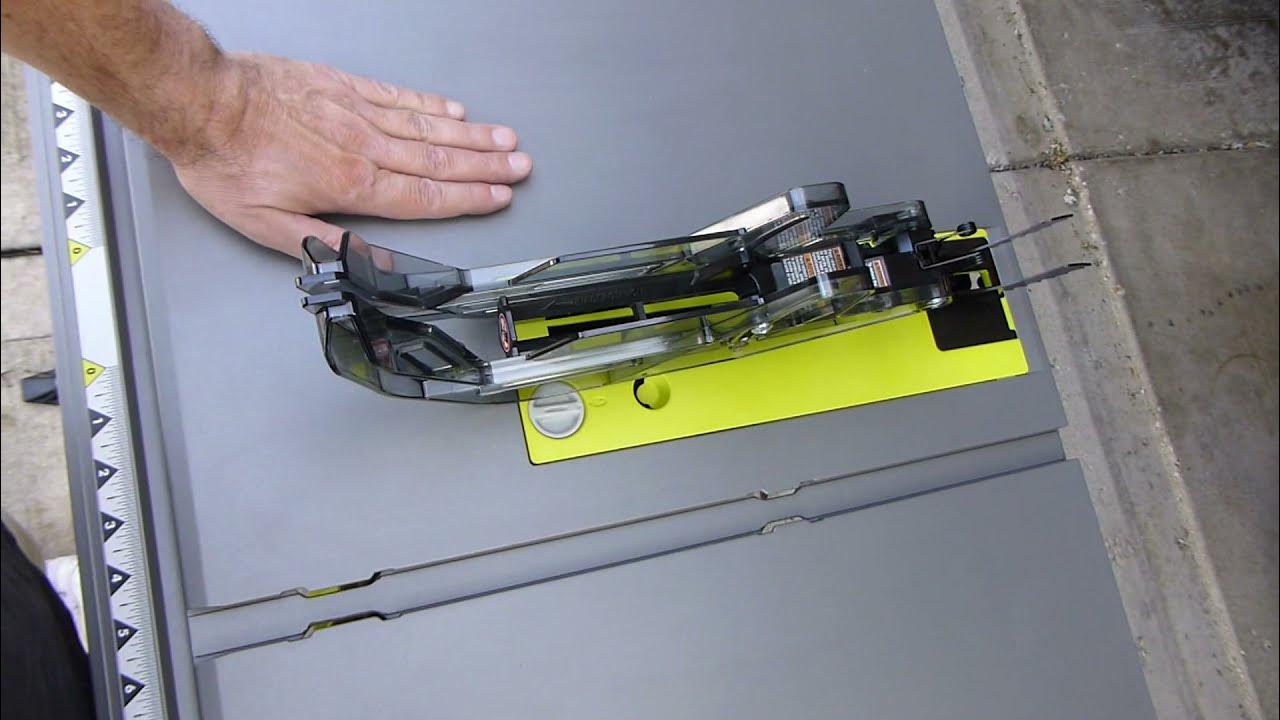
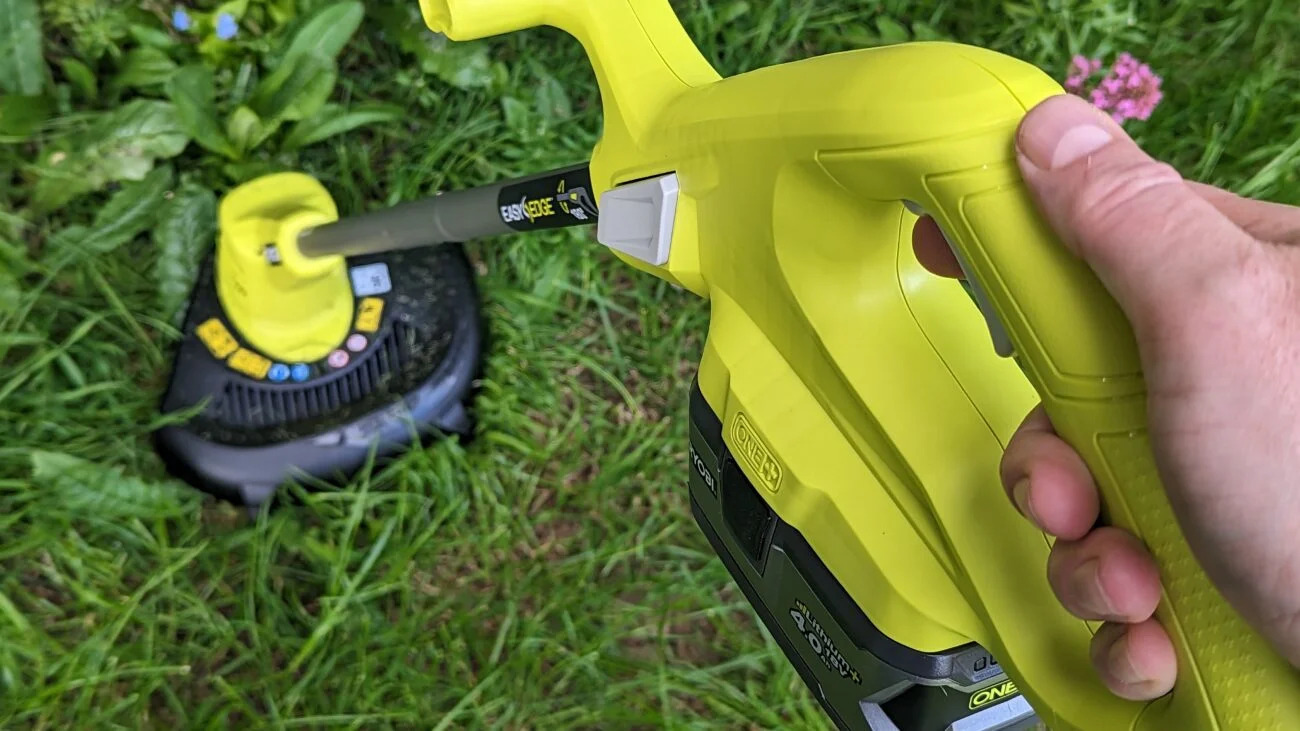

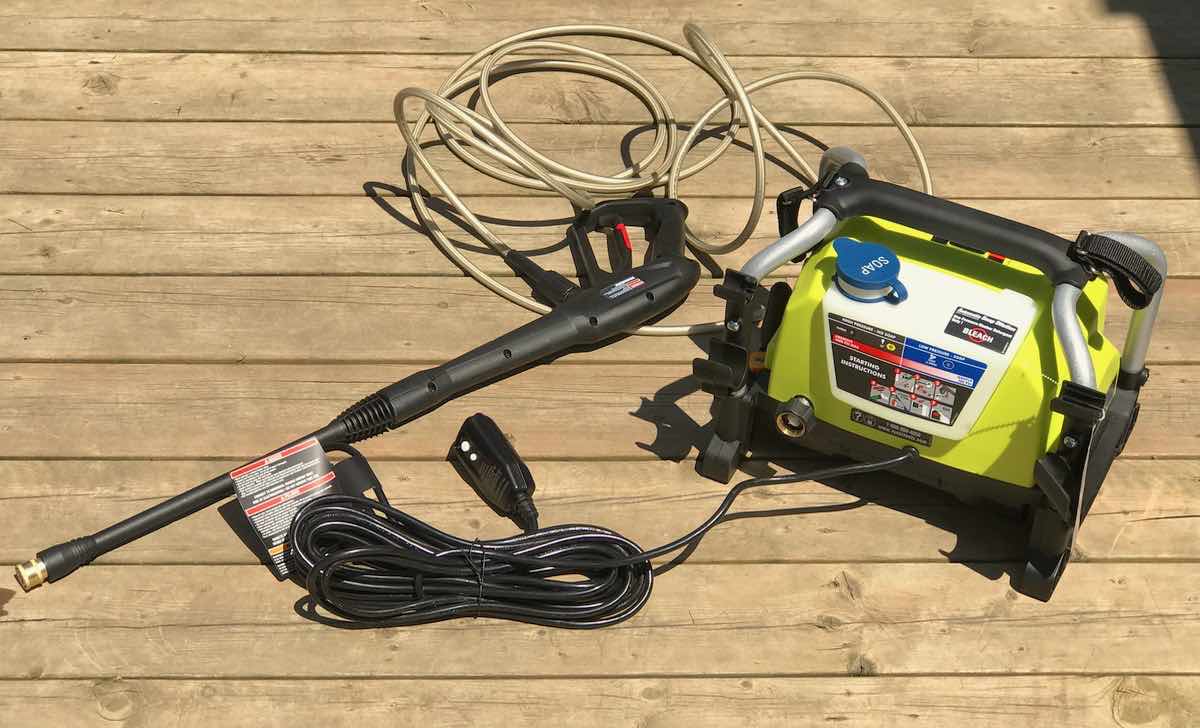

0 thoughts on “How To Start Ryobi Chain Saw”